Should I employ a chef or a cook?
Food and beverage consultant Steven Brown has visited many golf clubs in recent months, all in order to help them make their bars and restaurants more profitable. Here, he outlines the most common questions he has been asked – and what his responses have been
In my role as a food and beverage advisor to golf clubs, I am often asked to look at a number of key issues that can, and will, affect the club’s future direction with regard to its food and beverage operations.
Many clubs, thankfully, are now emerging from the dark days of falling memberships, the loss of joining fees, no increase in annual subs and, in my own area of interest, a decline in spends on food and beverage.
I have noticed, certainly from the number of clubs contacting me to seek advice on an area of trading that many managers will readily admit is not an area of specialism with which they are familiar, that the provision of food and beverage is rapidly becoming a focus of their attention as an added value offering to accompany a great game of golf.
That is of course if the offering you have is indeed providing an added value and not draining the other resources of your club!
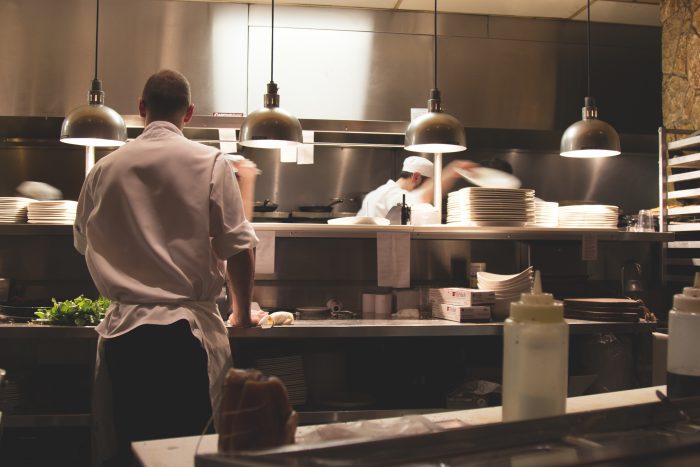
For those of you already familiar with the dark and mystic arts of food and beverage provision, you will understand the need for total control, accountability and business maximisation to ensure that your offering not only meets, but exceeds, the wishes of your clientele.
That in itself is, after a lot of hard work, relatively easy to achieve, so long as you undertake an in-depth review of all of the key areas of trading. This means that you have looked at the pros and cons of each of the key performance indicators that will affect the whole of your food and beverage business.
In order to illustrate my point, let me reveal the closely guarded secrets of some, but not all, of the key areas that clients ask me to comment upon when invited into their clubs to conduct an in-depth review.
Here then is an identification of some of the typical areas of concern raised by my clients requiring a response from me as to which option best suits their particular circumstances. No two clubs are the same but the only things that are not variable are the usual concerns that are raised by clubs upon which they seek guidance and tried and tested solutions.
Chef v cook
Does your golf club need to employ a chef as opposed to a cook?
It is my opinion that too many golf clubs have employed the services of a chef when all that was required was a competent cook.
What is the difference between a chef and a competent cook? Apart from about £15k a year.
A chef may well have studied at catering college for four years, undertaken many junior roles in kitchens around the country learning and honing their craft and, having completed that tour of duty, will be fully entitled to earn a salary of £35k-plus as a fully paid up member of the chef’s union.
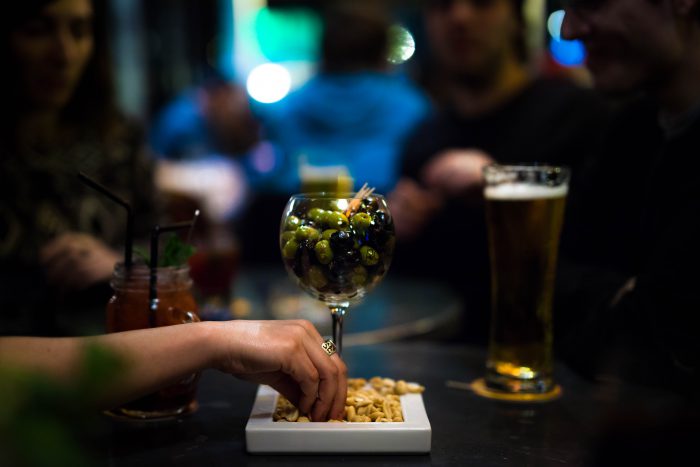
My wife is a competent cook. She did not complete a four year course or serve in kitchens around the UK, but she could serve up a full English breakfast as well as any chef in the country. The difference is that she has no experience in the mass production of dishes, purchasing, prepping, staffing, storing, HASAWA, marketing, portion control, costing of food dishes, negotiating, menu engineering, trends analysis, stock taking, ergonomics of a commercial kitchen and so on. A chef does (or at least should have this level of expertise!)
What leads you to decide whether or not you need a chef rather than a competent cook? The answer is very simple really.
If you predominately provide a typical, good quality, traditional golf club fayre or menu, then there is every chance you need only to employ a competent cook.
If, on the other hand, you provide not only that, but a full and extensive package for (say) weddings and corporate events, then you will probably need a chef together with a capable assistant.
So, have you employed a chef to produce bacon baps when all that your entire menu required was a competent cook?
Weigh up the pros and cons of each and then decide.
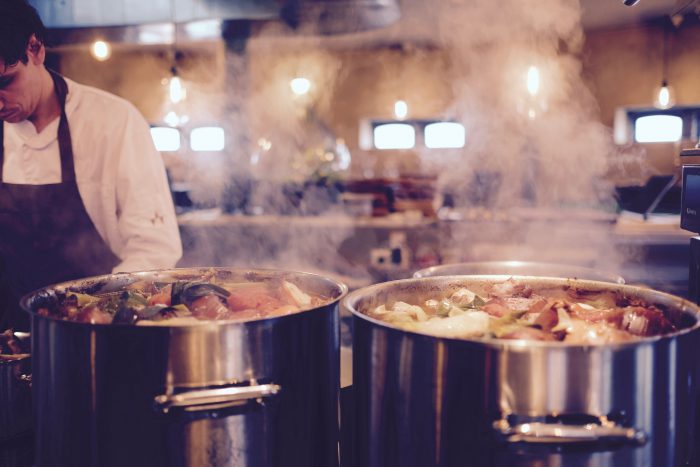
You need to look at what each professional brings to the table and what your own expectations are, but we must not lose sight of the potential £15k saving that might just make the difference between your food and beverage service making a positive contribution to the bottom line or the food and beverage unit requiring a subsidy from another income stream in your business.
One other con of note is that, in my experience, qualified chefs become very quickly disillusioned with constantly having to provide bacon baps when their ultimate dream is to exhibit their hard earned talents in providing a suckling pig for a large event, leading to a hasty exit and a large turnaround of chefs.
Members’ wishes v maximisation
As an ex-member of a golf club (I was not asked to resign by the way!) I am well aware that I expected to be treated as a VIP in my own club! I did not expect to find that some ‘oik’ had parked in the car parking spot I had enjoyed for 30 years, who was now sitting in my favourite seat in the clubhouse, reading my newspaper and whose kids were building sand castles in the bunker on the 18th!
Whatever happened to standards?
If any golf club wishes to maximise its food and beverage income then you may have to consider expanding your offer to non-members which may possibly change the culture of the club.
This is such a difficult decision to make and one that must not be undertaken without a full and frank consultation with the entire membership, but what are the pros and cons of such a move?
- The membership may have to accept that their ‘inner sanctum’ may lose its hard-won identity.
- ‘New faces’ will park, sit and be ‘playing’ anywhere they like.
- Standards of dress may have to change.
- The bar may be closed on occasion to members to accommodate, for example, a very profitable wedding.
- A change in licensing may be required from a club registration certificate to a premises licence to enable to non-members to enter and avail themselves of your food and beverage facility without playing golf.
- It may endanger your CASC status.
- You may need to employ a chef rather than a competent cook.
- You may need to restructure the premises to enlarge the kitchen, and provide separate member and non-member parking and entrances to function rooms for both entities.
- You may need to employ an events’ co-ordinator.
- You will certainly need an upgraded website and account for an increased marketing budget.
- And don’t forget the upgrade and additions needed for crockery, cutlery and so on.
Has this put you off the business expansion and maximisation option? Well temper that with the pro that, if sold into the membership on the back of ‘look at the positive contribution all of these non-discounted sales can make to the club to be reinvested in improving your course and in keeping down your annual fees’, then you may have the basis of a solid argument for getting the members to agree to some form of business expansion.
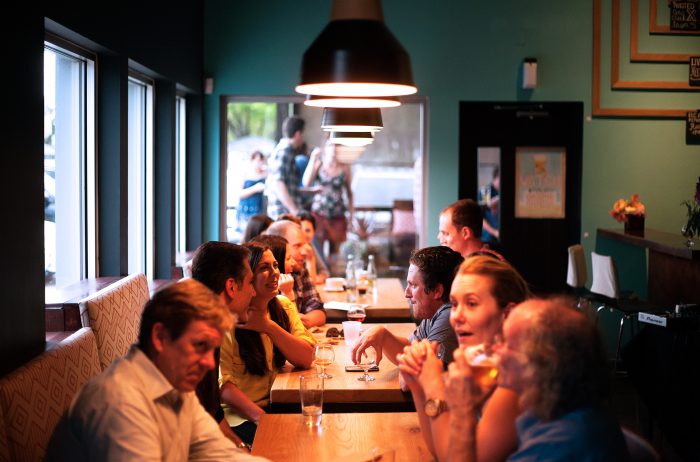
If the members can’t or won’t buy into this then stay as you are, but seek your expansion from the 80 per cent of your members that don’t currently use your food and beverage facility on a regular basis!
The last area that I am going to highlight in this article of the many areas I look at when visiting clubs, is a review of the product tie versus free of tie scenario regarding product purchases.
We are a ‘not for profit’ club. What should our restaurant margins be?
Many golf golf clubs are not allowed to make a profit under the terms of their constitution or the tax laws of the land.
If we assume that the clubs would prefer to make a ‘positive contribution’ (rather than a profit), how do you justify that with the members’ view that all you should be doing is providing them with a service and not making money off of their generosity?
What is your goal or objective? To make a profit or to simply provide a service? Can you do both?
The ‘not for profit’ members’ clubs would argue that you can do both. Many golf clubs do provide a service from their day-to-day menu but at little or no net profit. How can they do this? Because they subsidise their food and beverage offering from other profit streams.
If your club is cash rich then you could even give your drinks and food away at cost price to members, with non-members paying the full retail price!
Back in the real world, let us assume that you must achieve something a little better than a break-even scenario. In this case you must cover the cost of utilities, staff wages, admin costs, training, legislative requirements, rates, equipment and so on. So what level of gross profit should you set out to achieve?
I have always thought that, pre a members’ discount, a bars’ operation should be achieving an overall 65 per cent gross margin and a food operation a 70 per cent gross margin. In this way your service stands a good chance of providing a positive contribution but that of course will then depend upon the level of discount given.
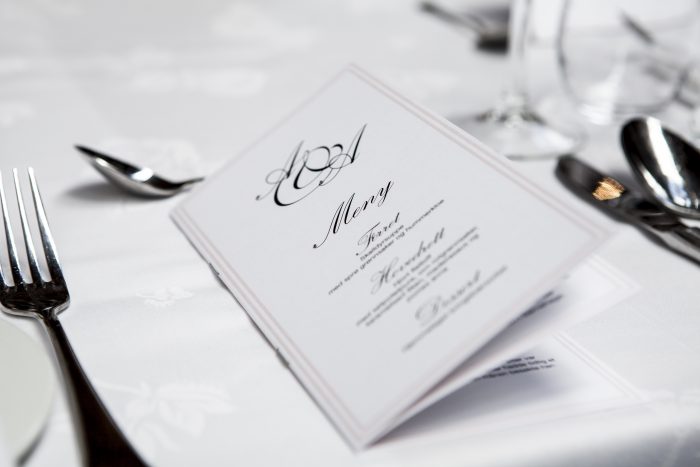
If you are service driven, and profits are of less importance, what you really want to do however is to provide a five star service at a five star profit level.
Your problem may be that your members expect a five star product and service level at one star prices!
All clubs provide service – not all clubs’ food and beverage operations provide profit.
The real profit potential of many golf clubs’ food and beverage offerings is, as it always has been, in the areas of event catering, and for many clubs the day-to-day menu is about providing the members with a service at a lower level of profit potential.
The brewery / supplier tie v ‘free of tie’
One of the key and most crucial elements that I, as a food and beverage consultant must undertake with every client, is whether or not the club is best served by operating with a brewery / supplier tie as opposed to trading as a free of tie business.
Just to clarify here, we are talking of those clubs that have opted to take out an ‘advance of discount loan’ of, say, £15k for a tie-in period of, say, 10 years. The opposite scenario is that of undertaking no loan or tie-in period and thus trading in the open market in the same way that a free-house inn or pub does.
I am often surprised by the amount of money paid by golf clubs for the products they buy.
At a series of one-day seminars I recently conducted for England Golf, the attendees volunteered that they were paying, for 50 litres of a session lager (for example Fosters and Carlsberg) amounts ranging from £78 to £122 (VAT exclusive).

The £78 venue was totally free of tie and able to negotiate this level of payment together with agreeing a whole raft of other benefits, whilst the £122 venue was tied for a 10-year period but had immediate access to a £10k investment pot.
I would prefer that every club was totally free of tie for all their beers, lagers, ciders, wines, spirits and minerals, thus enabling them to be paying, for a session lager, at the £78 rate mentioned above.
But what if the club needs urgently to spend £10k, £15k or even £20k on a refurbishment of the clubhouse or the course and the best way of raising that money is via your supplier? Then it would be foolish not to at least consider this option before dismissing it out of hand – remember that every club has different needs and circumstances requiring different solutions.
I urge all of my clients that currently benefit from existing loans to do the maths, even if it is mid-term of the agreement, to ascertain if it would be viable to buy themselves out of the loan in favour of being free of tie.
Naturally, the pure mathematics of calculating the benefit of paying less for the product, and thus being free of tie, will be paramount, together with your negotiator’s ability to obtain a vastly different price to the tied-in price you were paying previously.
You should constantly be looking at the prices you pay for all wet and dry products in a market where increasing the retail price will generally be met with great resistance, as any increase will be perceived by the members as making a greater ‘profit’ for the club, but if you again sell it in on the premise that any extra profits will be reinvested in the fabric of the club, then you might be able to soften the blow somewhat.
Please do not imagine for a moment that I have illustrated all of the pros and cons or solutions and recommendations for the four topics I have highlighted. In the real world every one of the topics discussed in this article will have their own nuances and require different solutions, these were merely an attempt to generalise those scenarios for you to give you a feel of what might occur.
Also please appreciate that these are not the only issues I am required to deal with in the pro and con debate! In a future issue i will return to these topics to debate the following issues and their own individual pros and cons:
- In-house food and beverage v the franchised operation
- Staff training v ignorance
- Home cooked foods v external bulk supply
- Wage levels v service levels
- Level of membership discount v no discounts at all
- External stock takes v no stock takes at all
- Weekly pipe cleans v six weekly pipe cleans
- The ‘all singing and dancing’ till v the wooden cash drawer!
Why not contact me with your own current food and beverage concerns and thereby feature in a forthcoming article (anonymously if you wish) with one of your own particular food and beverage issues and let us highlight the pros and cons of each, thereby helping you to make the right decision?
In 2017, food and beverage activity in golf clubs is showing a marked improvement and certainly worth investing time and effort into, and if you need to build and maximise your own potential, then invest a little time and effort into better understanding the pros and cons of all of the key issues that can affect your success.
Steven can be contacted at:
Email: herinn@aol.com
Mobile: 07785 276320















Let me tell You a sad story ! There are no comments yet, but You can be first one to comment this article.
Write a comment